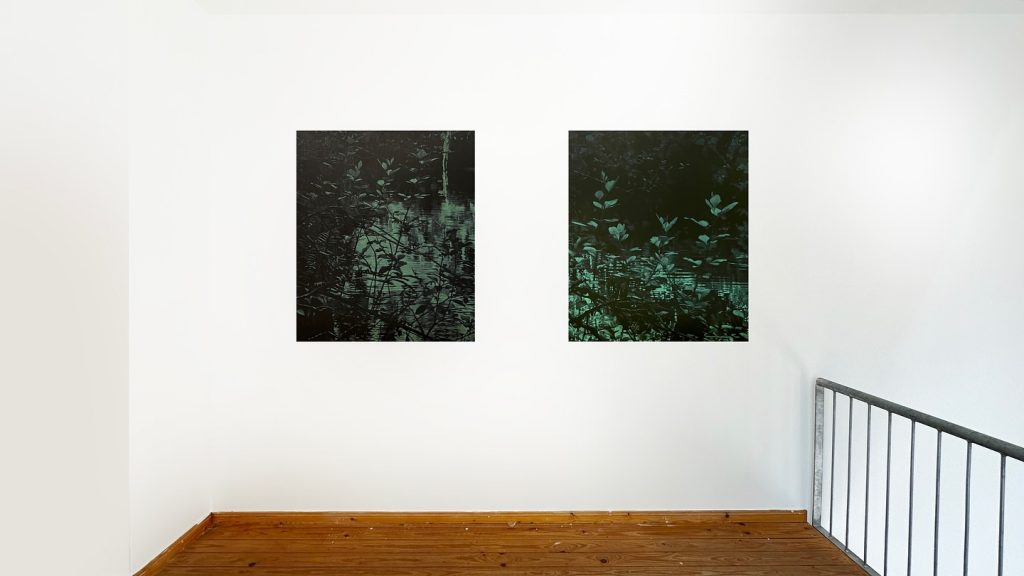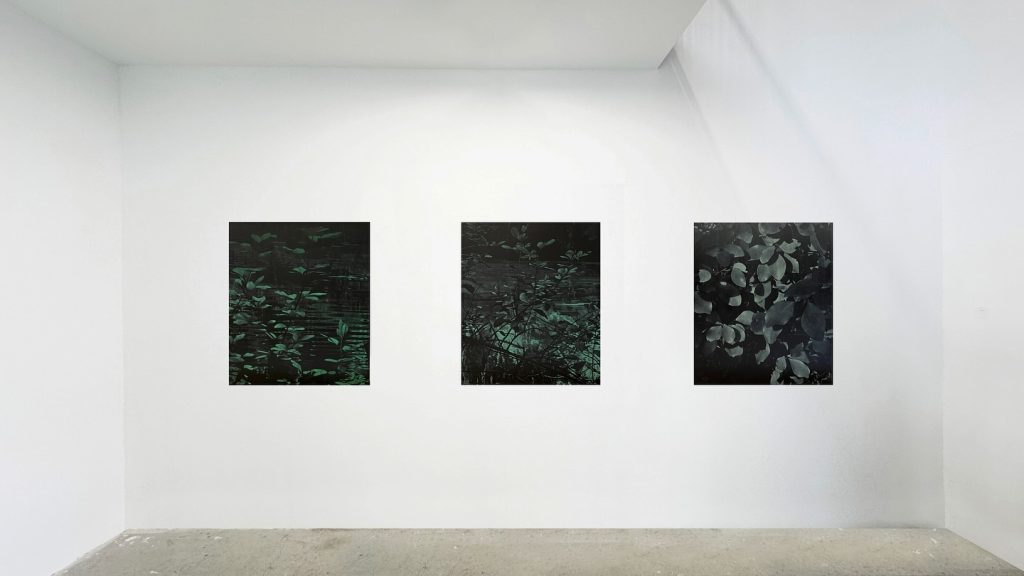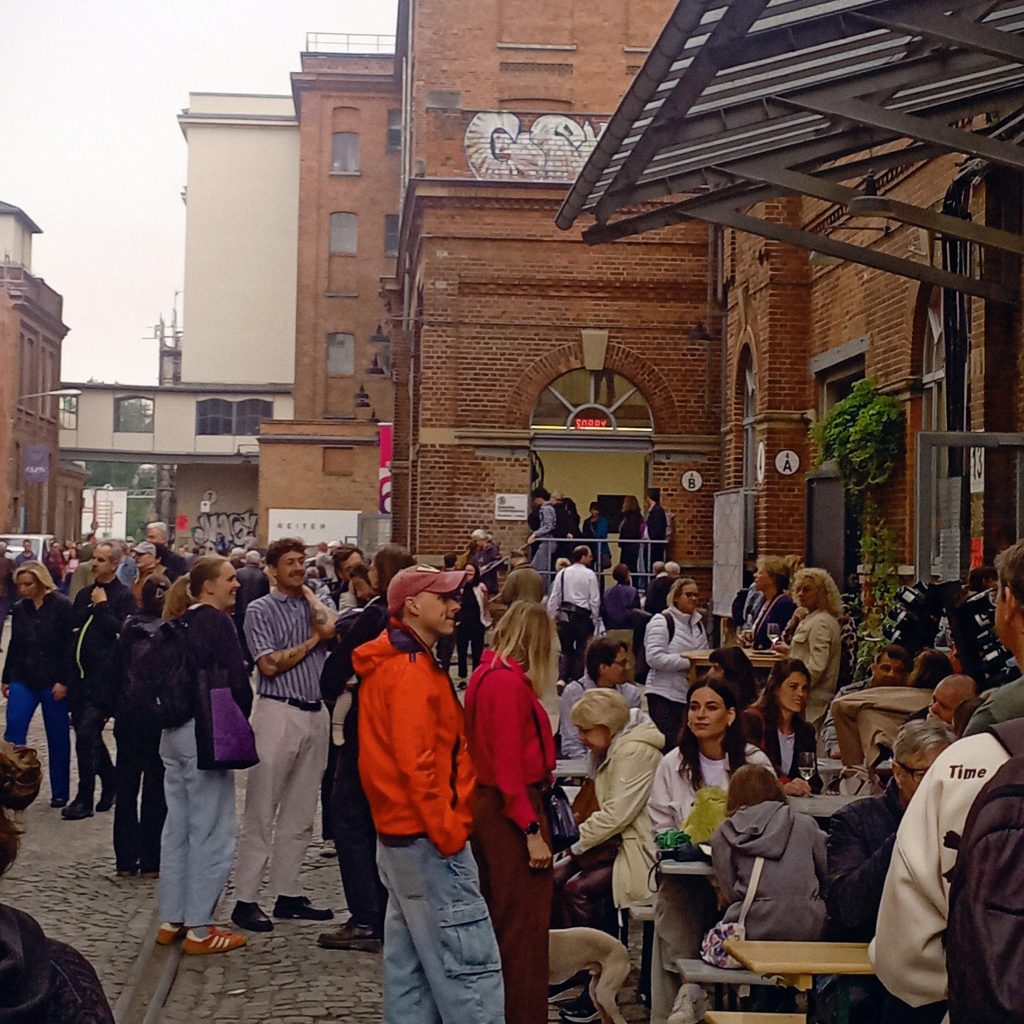Suburbia Contemporary, Spinnerei, Leipzig
Curated by Matteo Innocenti
https://suburbiacontemporary.com/peter-eastman-the-metamorphoses/
Anniversary Gallery Tour of Spinnerei Galleries
Opening 3.05.25 – until 28.06.25
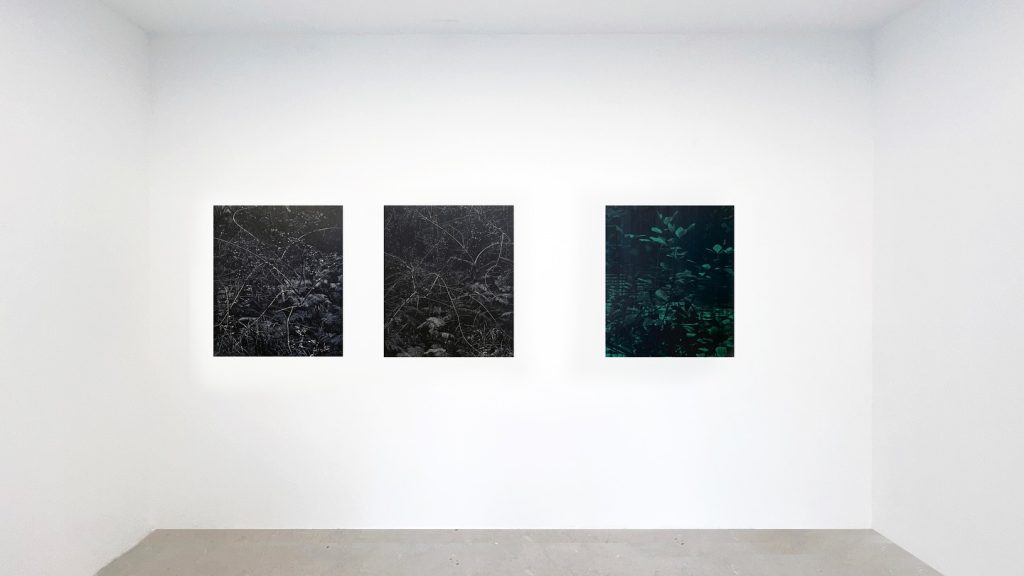
Nature, understood as the totality of life that occurs, is continually moved by a principle of transformation. As human beings, we are part of it, but uniquely; from ancient times, every civilization has tried to understand natural processes to control them or, at least, to regulate their effects. The Greek source of Western thought has given us some useful terms: nature is physis, the generation of things that grow, and only correct knowledge can function as a remedy for thauma, the human anguish caused by the continuous and unpredictable becoming of everything. Even before philosophy, myths had attempted an explanation of phenomena through narrative form. Fascinating and problematic at the same time, myths have endured over time, by virtue of the fact that imagination is a powerful faculty, not replaceable by rationality; over the ages, they have been taken up, modified, and updated. There is a term that better than any other describes their rich and variable content: metamorphosis.
Peter Eastman places nature and its transformations at the very center of his research. There is a specific place he relates to, a nature reserve he has known for a long time. It is a steep and difficult-to-access river valley, with forests of indigenous old-growth trees; the vegetation there is rich, the colors intense, and the light mobile. It is an unusual beauty, certainly not that of the man-made landscape to which we are more accustomed; as the artist states, “Forests are dense, layered, and shifting. They’re beautiful, but not in a gentle way – their appeal lies in the juxtaposition of the beautiful and the brutal. Growth and decay coexist. The space feels familiar, but also slightly unsettling. I love being in the forest, but it’s not
entirely welcoming.” Such is the scenery from which Eastman derives his paintings. Forests, as a living and complex organism, manifest the processes of their own existence; something grows, something is born or decays, and it is impossible to find a state that remains the same, even one day apart. Added to this is the variability of perceptions and memory, since an observer cannot keep intact what he has seen, but necessarily modifies it.
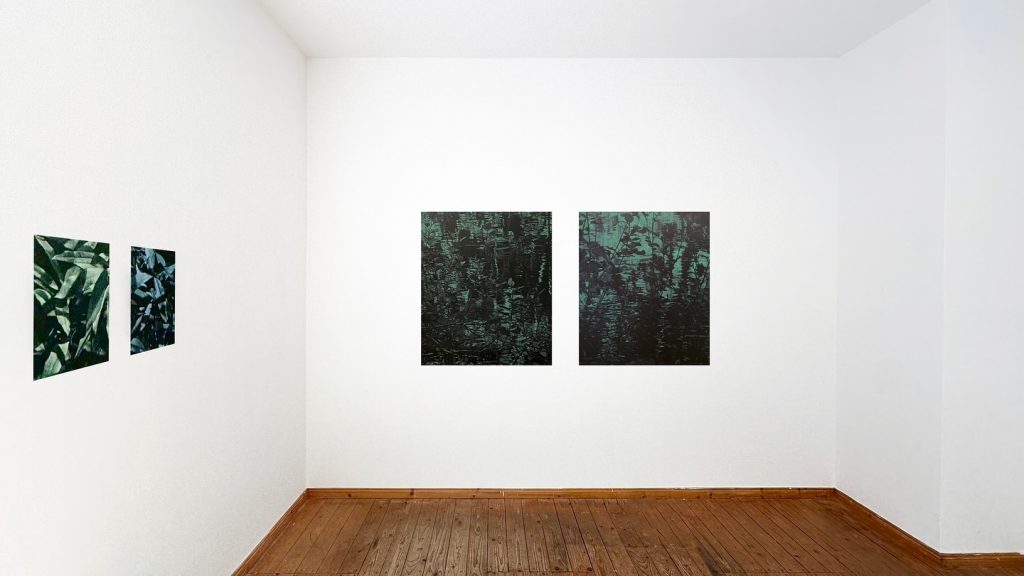
The paintings in the exhibition are the outcome of the relationshipbetween direct experience in the forest and work in the studio. In a certain way, it could be said that a translation has taken place.
Eastman is not interested in landscape painting per se. What fascinates him about uncontaminated nature is the lush chaos, which to the human and rational eye seems perhaps like an indistinct whole. Branches that overlap and intertwine, leaves whose outline is lost in the reflection of a pool, trunks that are barely recognizable in the background. These forests appear as they are, independently of human action. They are the autonomous spectacle of a wild force. For this reason, they can become an exceptional pictorial repertoire. Eastman chooses to represent them through light, which is the fundamental element of vision. His paintings, singularly uniform in tone, have as their real subject the alternating levels of brightness, that is, the relationship on which the appearance or non-appearance of things depends. So not the forms as such, but the conditions of light that reveal or conceal them. Which makes the paintings testimonies of a state that has existed for a certain period, sometimes for a moment, sometimes longer, but which in no way can be repeated identically, because the metamorphosis of nature happens
infinitely.
All the works in the exhibition are part of Deep Chine. Series in fieri, which continues over time in relation to the artist’s changing experiences in nature. Especially the most recent paintings include some pools, showing the ripples and play of reflections on their surface. Water recurs often in myth. It is also the emblem of what flows and becomes, as quoted from the very famous Heraclataean fragment : “On those who step into the same rivers, different and different waters flow.”
Matteo Innocenti
